The more diverse and unique the night-time economy is invested in, the more likely it is to retain tourists and stimulate spending in unexpected ways...
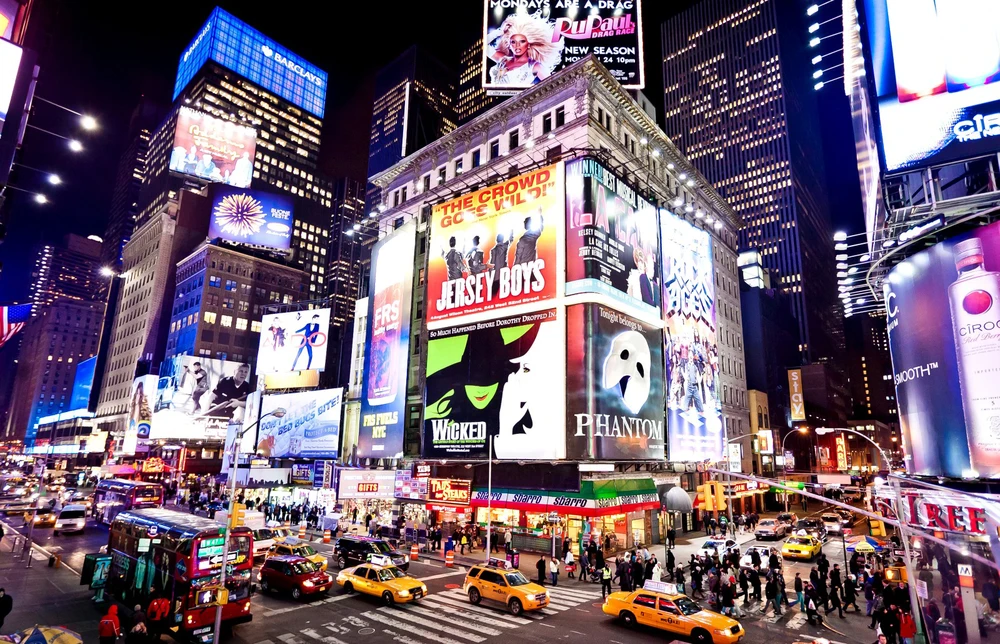
Editor's note: Over the years, the value of the night-time economy has been growing steadily. Many countries around the world have promoted the development of the night-time economy. In particular, countries with strengths in tourism have proactively opened up this special service industry to maximize revenue.
More than numbers
In many major cities around the world, the night-time economy is even an important indicator reflecting the vitality of an entire economy. The advantage of the night-time economy model is to attract tourists and create highlights and colors for each locality and region.
When the sun goes down, which industry makes the most money in New York (USA)? The answer is the culinary industry. According to a new study published by the World Economic Forum (WEF), the night-time economy contributes $35.1 billion/year and creates more than 300,000 jobs for New York City. Of which, restaurants play an important role, bringing in $12 billion in economic value and creating 141,000 jobs each year (night-time only).
After the food industry, the arts are the most profitable business in New York at night. New York bars may rake in billions of dollars when the sun goes down, but arts establishments, from museums to galleries to theaters, create more than 18,000 jobs and bring in more money. This is also an advantage that strongly reinforces New York's title as "The City That Never Sleeps."
In recent years, Seattle has become one of the cities with a developed nighttime economy after New York. Since December 2016, the city has been continuously recruiting suitable people for the position of “night mayor”, with the responsibility of supporting nighttime entertainment establishments. To compete, the city of San Francisco established the first Entertainment Commission in the US. The Entertainment Commission consists of 7 members and is responsible for working with festival and event venues, as well as the local community to regulate, promote and enhance entertainment activities, promoting nightlife throughout the city.
Features and strengths
Making billions of dollars from the night-time economy is not the exclusive domain of American cities. Europe has long been famous for its thriving night-time economy. Some of the most visited cities by tourists include Paris (France), London and Manchester (England), Amsterdam (Netherlands), Berlin (Germany), Barcelona (Spain), Rome and Venice (Italy), Geneva and Zurich (Switzerland) and Montreal (Canada).
Europe does not have a common policy on night-time economic development. Governments of member countries in the European Union often decentralize this field to city governments. Depending on the potential and development strategy, each city has implemented programs and projects to encourage night-time economy associated with the characteristics and strengths of culture, art, sports, cuisine, etc.
In the UK, a recent report by consultants London First and EY estimated that London's night-time economy could be worth nearly £30 billion ($38.2 billion) a year by as early as 2030, up 15% from today. Manchester recorded around 150,000 visitors to the city each weekend for its nightlife. The UK has established a Night-Time Industry Association to network, track developments, and propose policies to boost the night-time economy. For Amsterdam, multi-use spaces outside the city center are designated 24-hour licenses. One such facility is A'DAM Toren, a 22-story tower complete with underground offices, cafes, restaurants, and clubs in the Overhoeks complex.
The City of Montreal has also announced a grant program for alternative performance venues with fewer than 400 seats, allowing them to receive up to $100,000 for soundproofing initiatives. Part of the goal of the initiative is to simplify the process for businesses that want to stay open 24 hours.
According to the World Economic Forum, the night economy is economic activities that take place between 6 p.m. and 6 a.m., including food, art, music, entertainment, festivals, events, and all-night tourist attractions. More than 60 cities around the world have appointed “night mayors” or established departments responsible for managing the city’s nighttime ecosystem and proposing innovative solutions to enhance the second half of the day.
THANH HANG compiled
Source


![[Photo] President Luong Cuong holds talks with South African President Matamela Cyril Ramaphosa](https://vphoto.vietnam.vn/thumb/1200x675/vietnam/resource/IMAGE/2025/10/23/1761221878741_ndo_br_1-8416-jpg.webp)

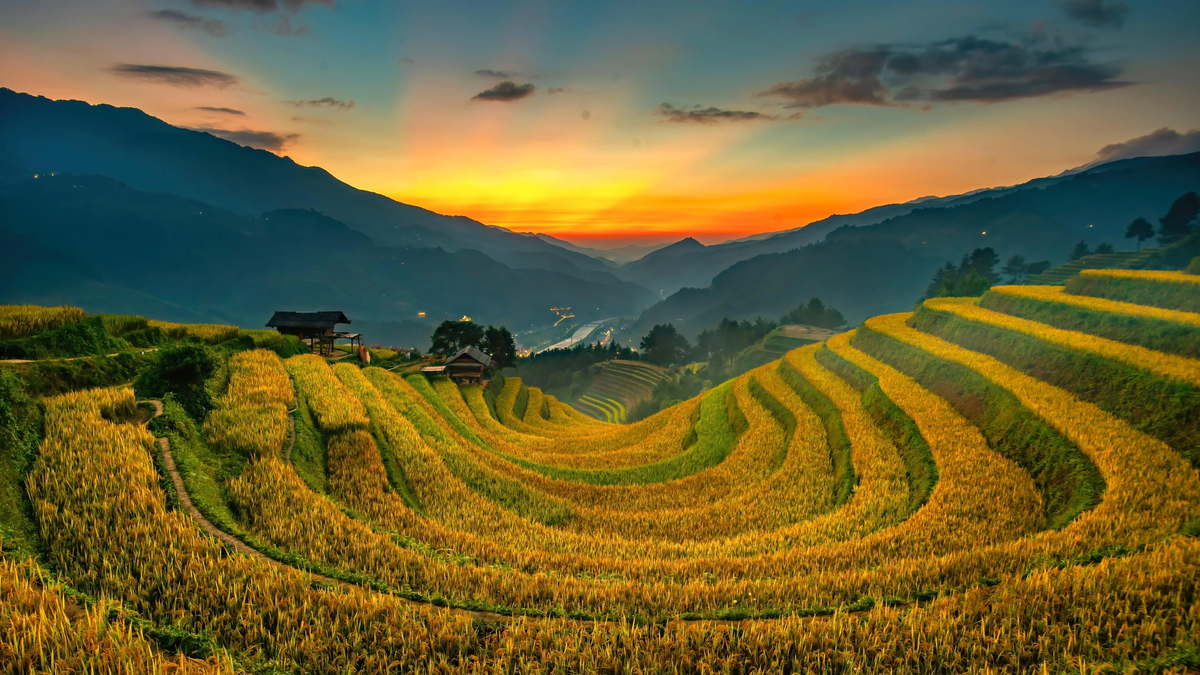
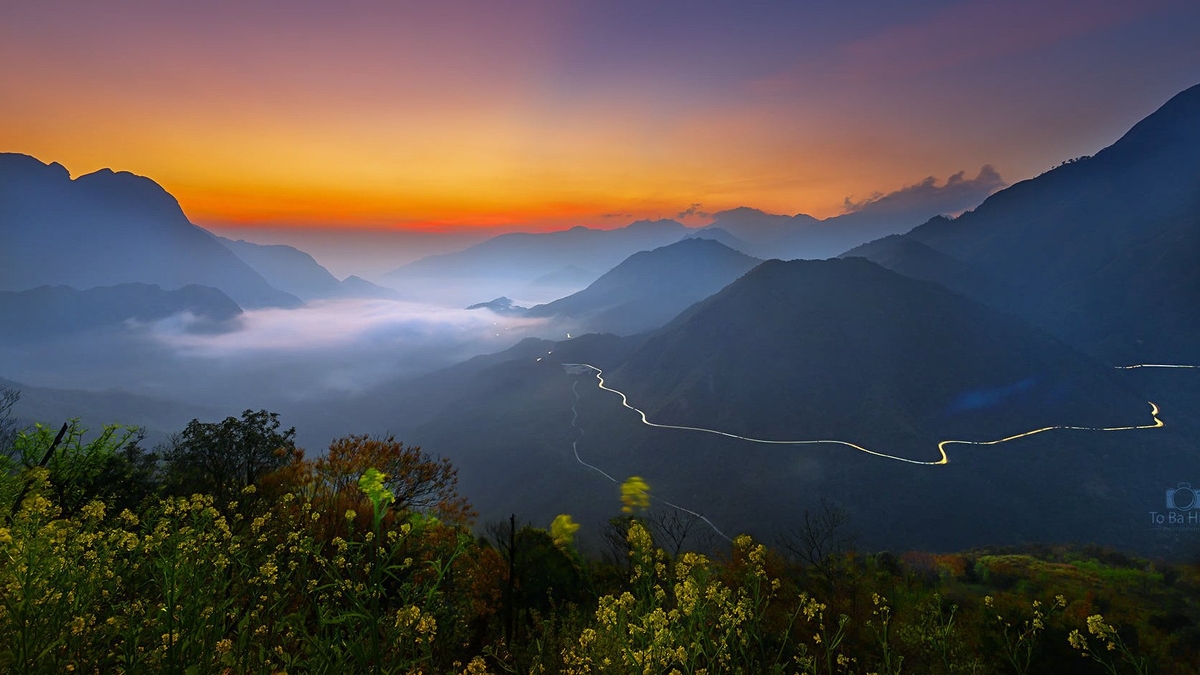
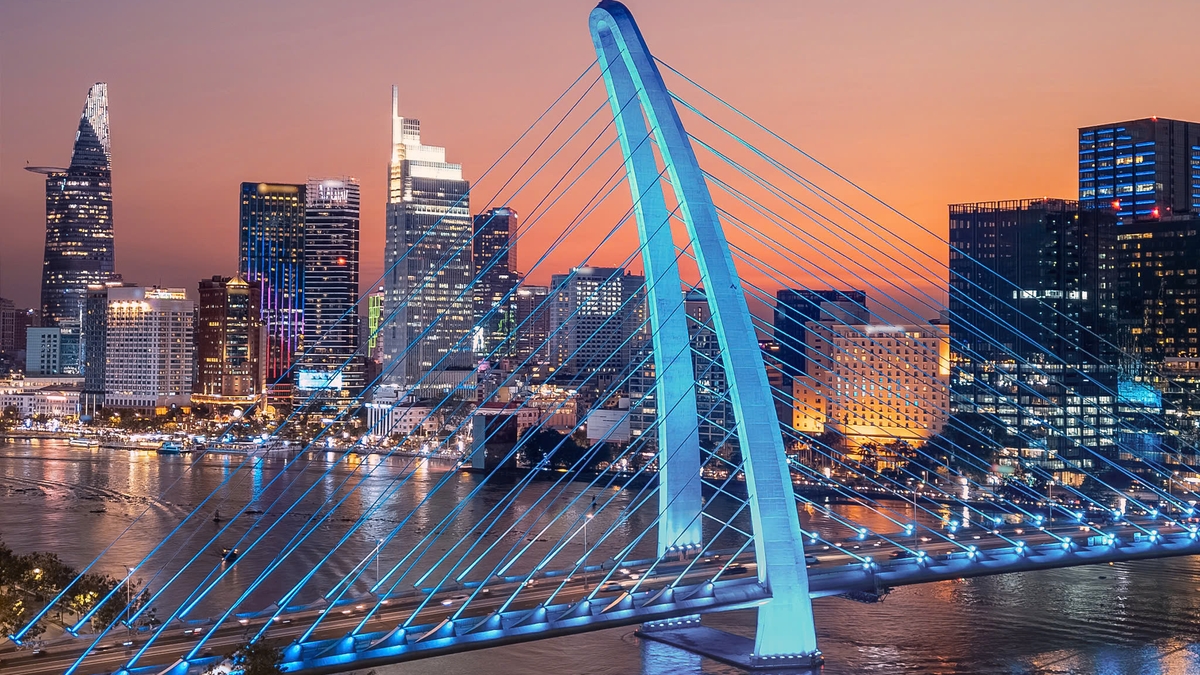
![[Photo] Prime Minister Pham Minh Chinh meets with South African President Matamela Cyril Ramaphosa](https://vphoto.vietnam.vn/thumb/1200x675/vietnam/resource/IMAGE/2025/10/23/1761226081024_dsc-9845-jpg.webp)
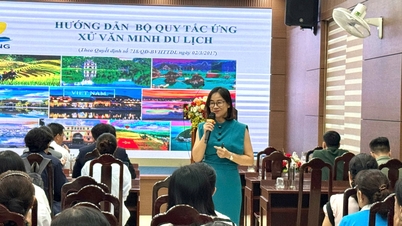







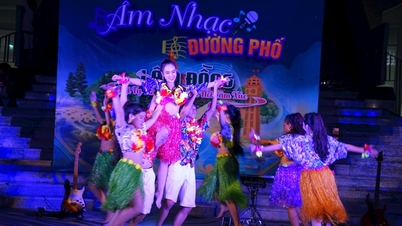






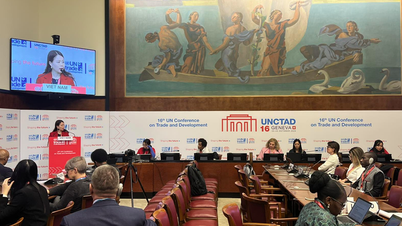


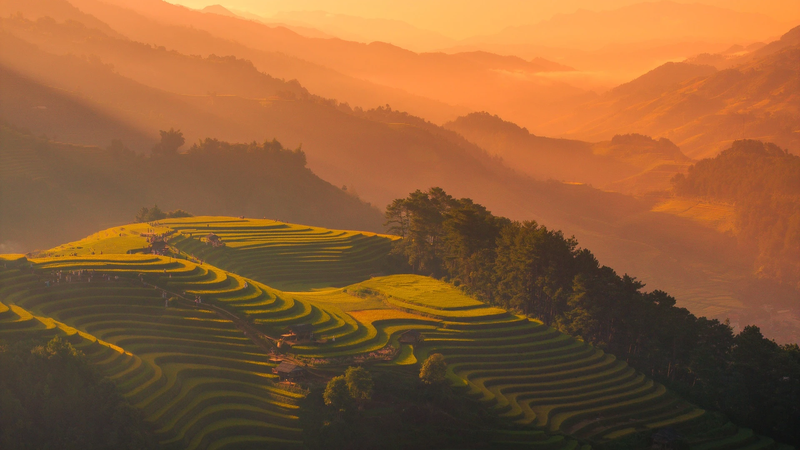


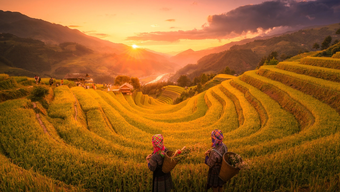


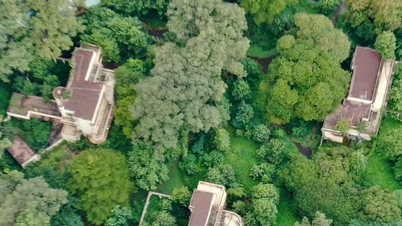


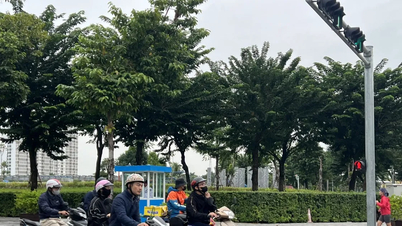
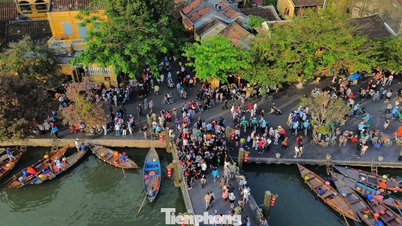

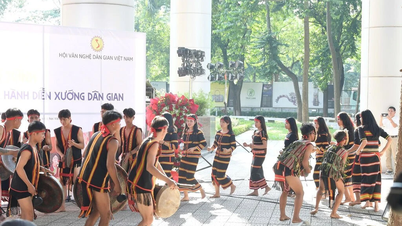


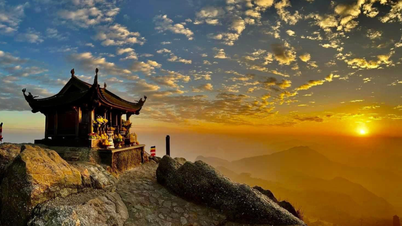

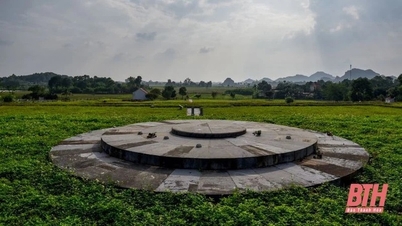

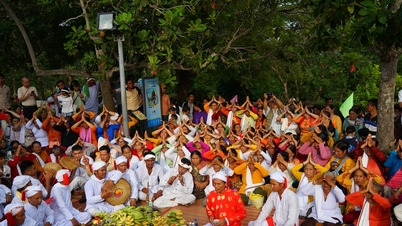






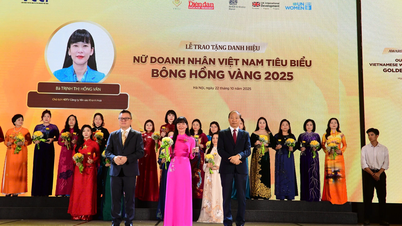

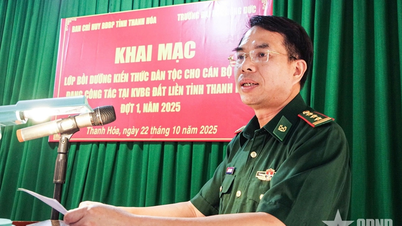








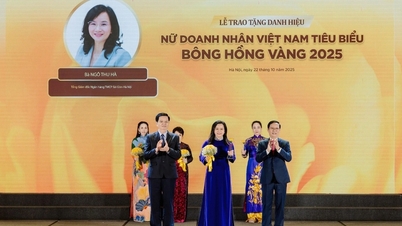




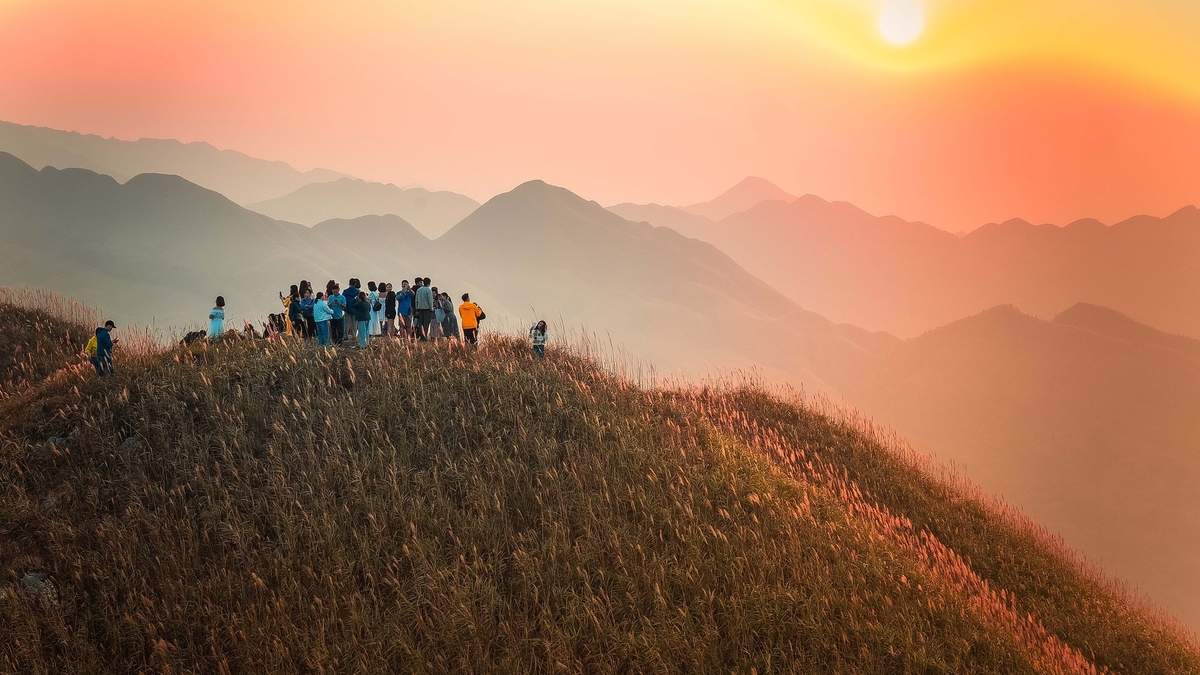




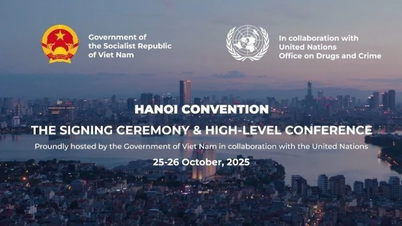
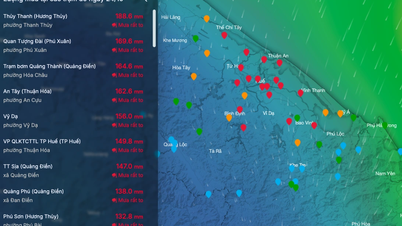
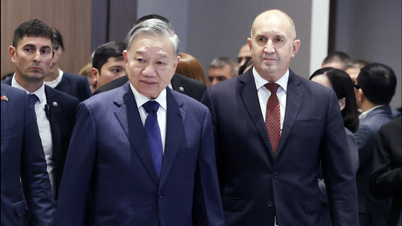







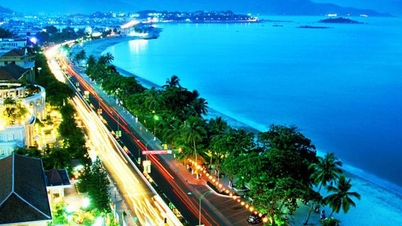





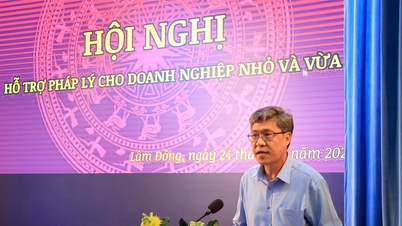


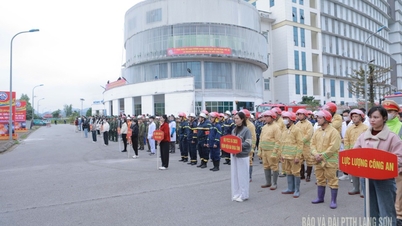
















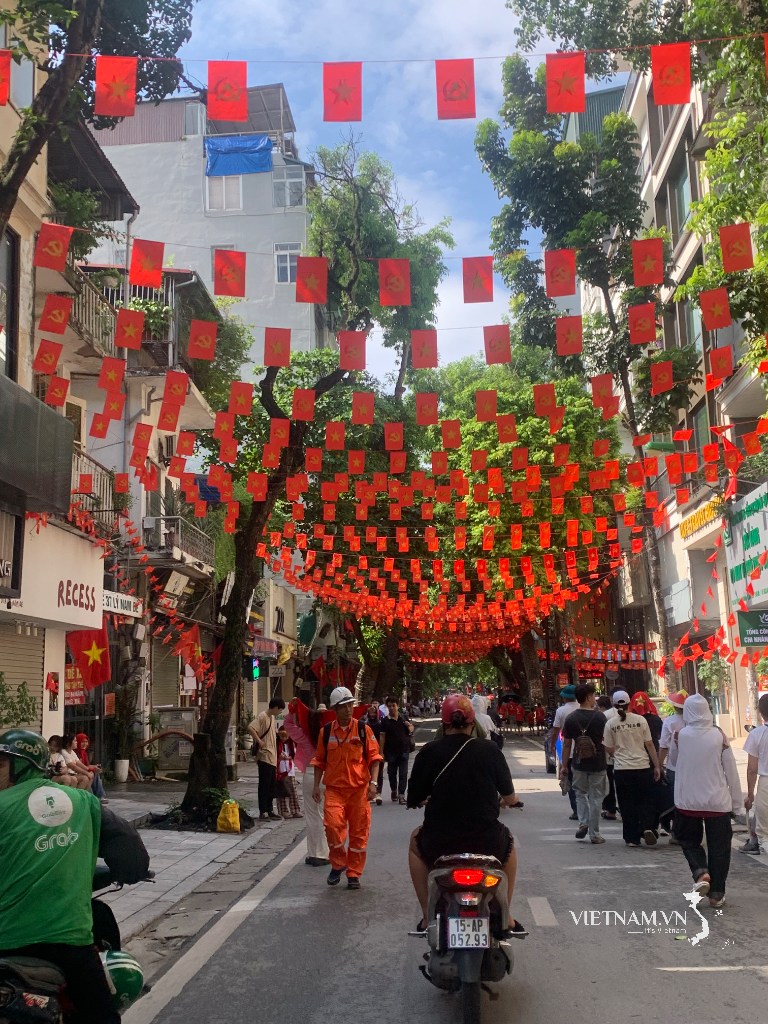
Comment (0)